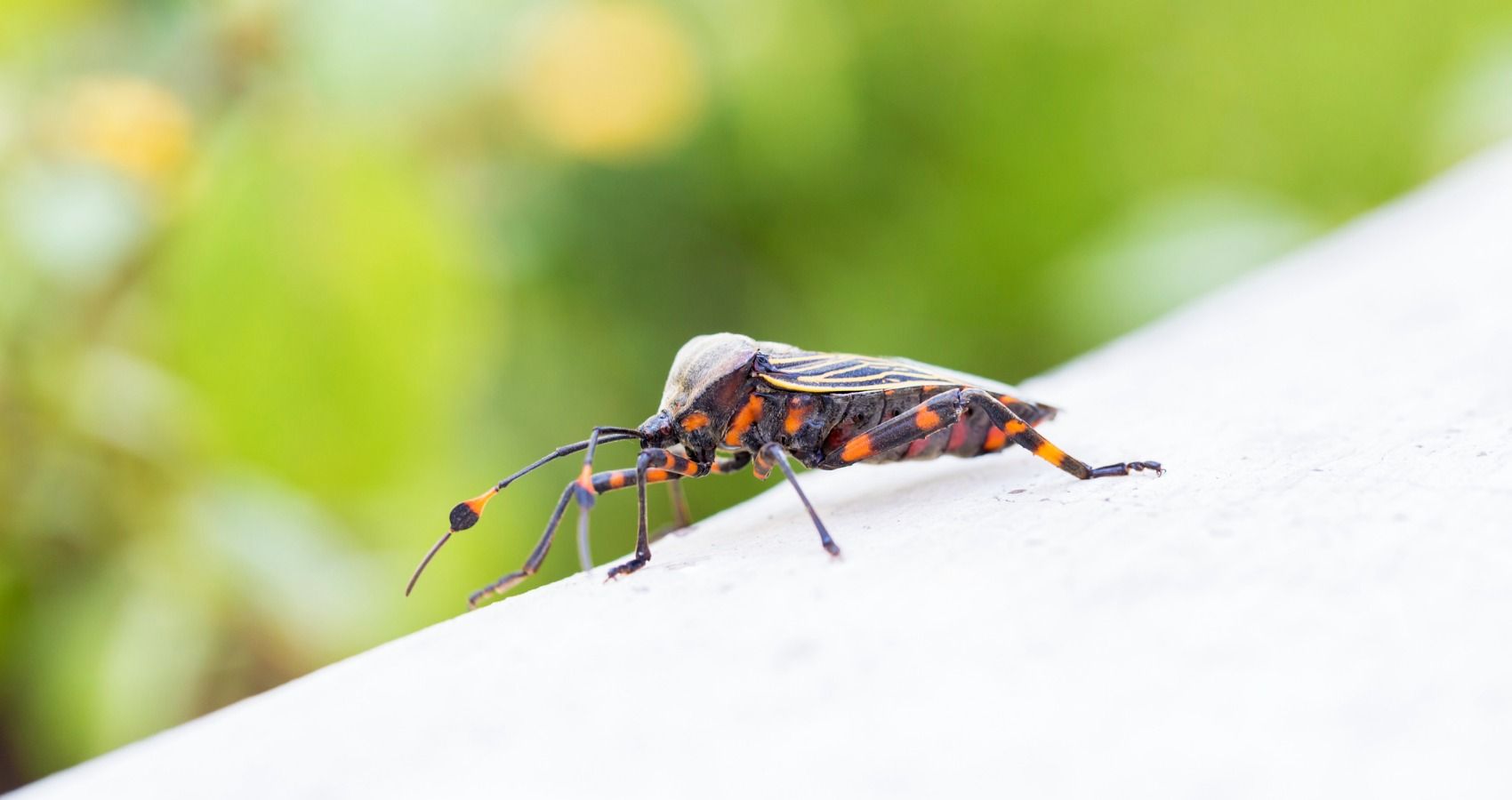You may have heard of the so-called "kissing bug" by now. A small, winged insect that feeds off of human blood, the kissing bug is usually found in the southern United States, Mexico, and Central and South America. It's cutesy moniker derives from the bites it gives humans on and around the lips. However the kissing bug is not always harmless. Some kissing bugs carry Chagas Disease, an illness that has the potential to cause lifelong problems or even death.
With the kissing bug making headlines due to it's potential dangers, understandably some parents are worried. Here are some things you need to know about the kissing bug- what it is, the risk it may pose, and how to keep your family safe.
What You Need to Know About Kissing Bug
Kissing bugs are from the Triatoma family of insects, and are also known as conenose bugs, vampire bugs or assasin bugs. A fully grown insect is approximately 1 inch in length, and they have a tendency to bite humans on the lips or on the surrounding skin. They feed on the blood of birds, small mammals and sometimes humans. They typically feed at night, and although they were typically found in South and Central America and Mexico, there is evidence that they are moving further North into more parts of the United States.
What Hazards Do They Pose
The bites from the kissing bug can be dangerous because they can carry Chagas disease. According to the CDC, Chagas disease is caused by Trypanosoma cruzi, a parasite that is transmitted via insect bites.
In the case of the kissing bug, the parasite is found in the insect's feces. When the insect bites, the infection can be passed by way of the open wound. Although people who have been bitten will likely remain unaware of it, they may start exhibiting symptoms of irritation at the bite site, or start showing symptoms of Chagas disease if they are indeed infected.
Symptoms of Chagas Disease
According to Pestworld.org, symptoms of a Chagas infection are: "fever, fatigue, body aches, headache, a rash where the parasite entered the body and swelling around the eyelids."
Worst case scenarios resulting from contracting Chagas disease are cardiac issues, intestinal problems, and in some cases even death.
How to Stay Safe
Kissing bugs are often found in hidden places, such as under porches, in wood piles, in chicken coops or rodent's nests and pretty much anywhere that they can stay hidden. If they are found indoors, it's most likely around human or pet beddings, as they will have a food source nearby.
They are nocturnal, which means they come out at night to feed. Keeping them out of your home in the first place is the best line of defense. It is wise to ensure that any entryways into your home such as tears in window screens or cracks to the outside are fixed or filled in. Keeping wood piles or heaps of rocks or debris away from your house is another way to prevent infestation.
Ensuring that your pets sleep inside and that they and their rest areas are kissing bug-free is another smart move.
If you suspect that either yourself or a member of your family has been bitten, it's best to go to the doctor and figure out your next steps. Although not all kissing bugs carry Chagas disease, it is enough of a risk that you will want to get checked out and make your doctor aware.
As with most pests, a little prevention can go a long way
It's important to know how to avoid making your home easily inhabitable by these bugs. Additionally, it's a good idea to stay informed (especially if you live in an area that is known to have kissing bugs) and to know what to look for to determine whether you or anyone in your family has been infected.
READ NEXT: What To Do If You Find A Tick On Your Child

